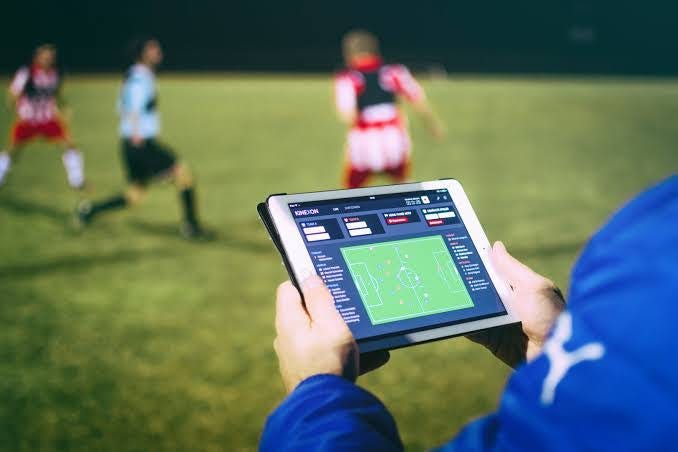In the ever-evolving landscape of sports, one revolution stands out distinctly: the integration of data analytics. This transformative force is not just altering how games are played and strategies devised but is fundamentally reshaping the approach to athlete development, team performance, and fan engagement.
But what exactly is fueling this transformation? And more importantly, how are modern technologies like video analysis steering this change? Let’s dive into the dynamic world of sports analytics to uncover its impact and the future it promises.
Understanding the Power of Data Analytics in Sports

At its core, data analytics in sport involves the systematic computational analysis of statistics and data to enhance player performance and give teams a competitive edge. This process ranges from tracking player movements and analyzing game tactics to predicting outcomes and preventing injuries.
The goal is clear: to leverage data for making informed decisions that can lead to improved results on the field.
Harnessing Technology: The Role of Video Analysis

One of the most potent tools is video analysis in sport. This technology allows coaches and analysts to dissect every aspect of gameplay, from player positioning and movements to the effectiveness of different strategies.
Through detailed video breakdowns, teams can identify strengths to build upon and weaknesses to address, tailoring training programs to the specific needs of athletes. For instance, platforms specializing in sports video analysis, such as the one found at oxagile.com, are revolutionizing the way athlete performance is evaluated and enhanced, making it a game-changer in true sense.
Optimizing Training and Performance

The application of data analytics extends into the realm of training, where personalized regimens are developed based on the insights derived from data. This tailored approach ensures that athletes are not only meeting their performance targets but are also reducing their risk of concussions or other injury.
Furthermore, predictive analytics can forecast potential outcomes based on current performance trends, enabling coaches to adjust strategies in real-time.
Enhancing Fan Experience

The influence of data analytics isn’t confined to the field; it’s also transforming the fan experience. By analyzing fan behavior and preferences, sports organizations can offer more engaging content, personalized marketing campaigns, and a tailored viewing experience.
This not only boosts fan loyalty but also opens new revenue streams for teams and leagues.
The Future of Sports Analytics
As technology continues to advance, the potential for sports analytics is boundless. Emerging technologies like artificial intelligence and machine learning are set to further refine data analysis, making predictions more accurate and insights more profound. This evolution will not only deepen our understanding of sports but also push the boundaries of human performance.
Conclusion
At the start, we asked a question that can be answered through data analytics. Sports analytics goes beyond changing games; it makes new ones. This is evidenced by incorporation of technologies such as video analysis which demonstrate the inherent promise in uniting athletics and statistics.
Looking forward, these types of number crunching software packages are getting better and better at revealing new options for us all, hence justifying data analytics as the real revolution in sports. Data analytics has significant and widespread effects in different sectors of sports today; it signals a revolution characterized by knowledge, plans and fun games.





